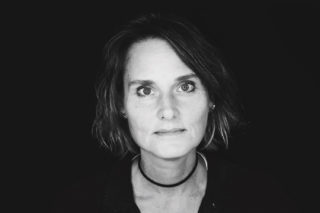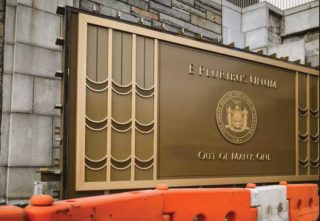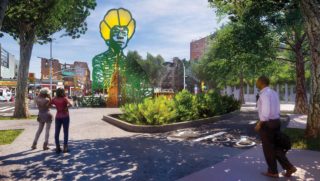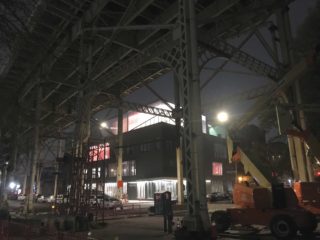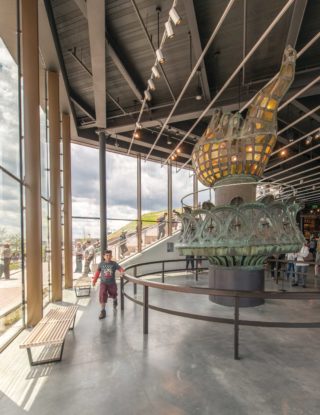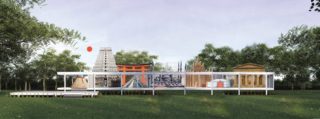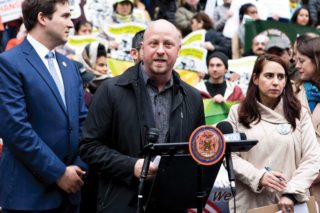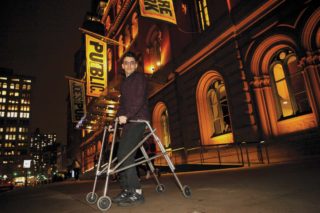John Paul Enfante grew up in Washington Heights and feels no connection to the Hispanic Society or Audubon Terrace, the complex that also houses The Academy Arts and Letters, and long ago lost the American Geographical Society, the Museum of the American Indian, and the American Numismatic Society. Despite its name—and sporadic efforts—the society has held a fraught relationship with its Latino neighbors.
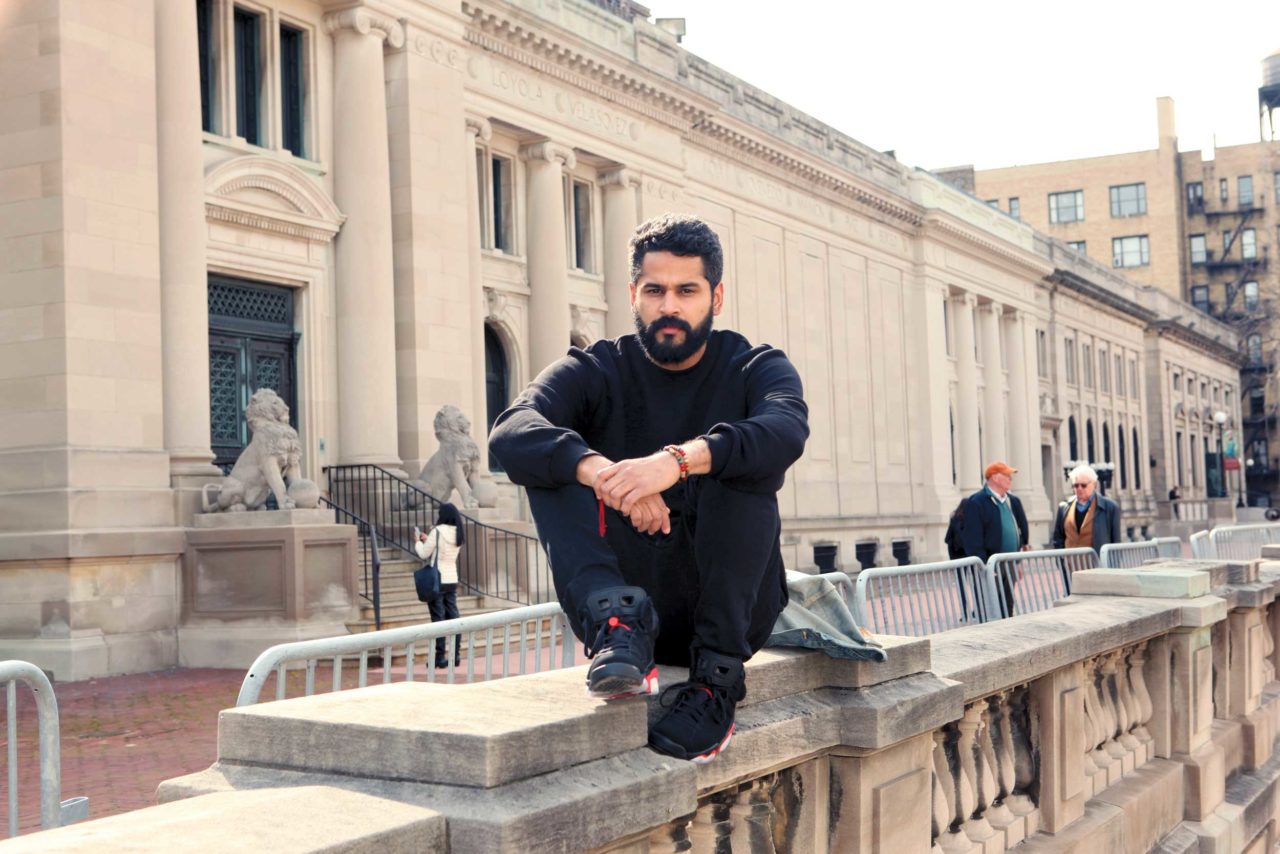
“It has nothing to do with me,” Enfante said. “I appreciate it the few times I’ve experienced it, but I’ve only experienced it three times. Two times it was through an event I found out about through Dominican writers, the other time was when the Northern Manhattan Arts Alliance had an event.”
Like most artists in underserved communities, Enfante and his fellow poets and writers are on a constant search for space to congregate and share work. There’s Alianza Dominicana Cultural Center, a dedicated community space set aside in a new building at the Columbia University Medical Center that was fought for and won, but which presents a generational divide. “Alianza is serving the community in a real way for Dominicans and Latinos in Washington Heights and Inwood, but it’s run by an older group, and they have a set way of doing things,” he said. “We have a have a group with different ideas on how to use the space and do programming.”
Despite gentrification and recent developments, Enfante has no plans to leave the neighborhood. He refers to the “Broadway divide,” where newcomers, co-ops, and condos sit to the west of the thoroughfare, and his old neighborhood to the east stays pretty much the same. It’s where he’s raising his daughter. “There’s that element where there’s some people like me who have a salary or have health insurance and are living decent lives who want to stay,” he said, “but at the same time, I see the segregation of the vision, like the Broadway divide.”
There are places where the community has always come together, he said. “When I was a teenager, I would go to Cloisters, and what’s interesting about that space is that you’ll see diversity in every sense—not only diversity in the people from all over the world, but people from the neighborhood, locals,” he said. “Which is interesting when you have a space like the Hispanic Society, because I don’t see locals in there.”
Enfante said the area has three types: those who make money and want to get out, those who are stuck, and those who, like him, want to stay. “I enjoy this area, I know this area,” he said. “I appreciate it as a space, the proximity to everywhere. I love the community, the people, the diversity. And I might complain about segregation, but I like the fact that I can go to a bar, and it’s just an Irish bar. You have to readjust and look at the world through that Irish lens. You hear certain sayings and certain slang, and people are talking over you, and you just don’t get it.”
Keep reading:
1. East Village, Manhattan: Ryan Haddad, Playwright and Performer at the Public Theater
2. SoHo, Manhattan: Charles Leslie, Founder of the Leslie-Lohman Museum of Gay and Lesbian Art, at the Museum
3. Arthur Avenue, the Bronx: Michael Rella and Peter Servedio, Butchers at Peter’s Meat Market, the Arthur Avenue Retail Market
4. Garment District, Manhattan: Nicola Caito and Camille Tetard, Patternmakers, at their Atelier
5. Grand Concourse, the Bronx: Basma Sheea, Bengali-American Singer, at the Andrew Freeman Home
4. Garment District, Manhattan: Nicola Caito and Camille Tetard, Patternmakers, at their Atelier
6. Grand Concourse, the Bronx: Elissa Carmona, Lead Singer and Founder of the Marrisania Band Project, at the Bronx Museum of the Arts
> Washington Heights, Manhattan: John Paul Enfante, Writer and Teacher, at the Hispanic Society
8. Midtown, Manhattan: Ness McKelvey at Home
9. St. George, Staten Island: Bain Coffman and Gui Junta, Restaurant Owners at Chang Noi Thai
10. Astoria, Queens: Admir Ekmestic, Former Soccer Player, at Mrki’s Place ONLINE EXCLUSIVE
11. Astoria, Queens: Dee Flattery, Pub Owner at The Quay ONLINE EXCLUSIVE
12. Tomkinsville, Staten Island: Veronica Arze, Café Owner at Duzer’s Local ONLINE EXCLUSIVE








